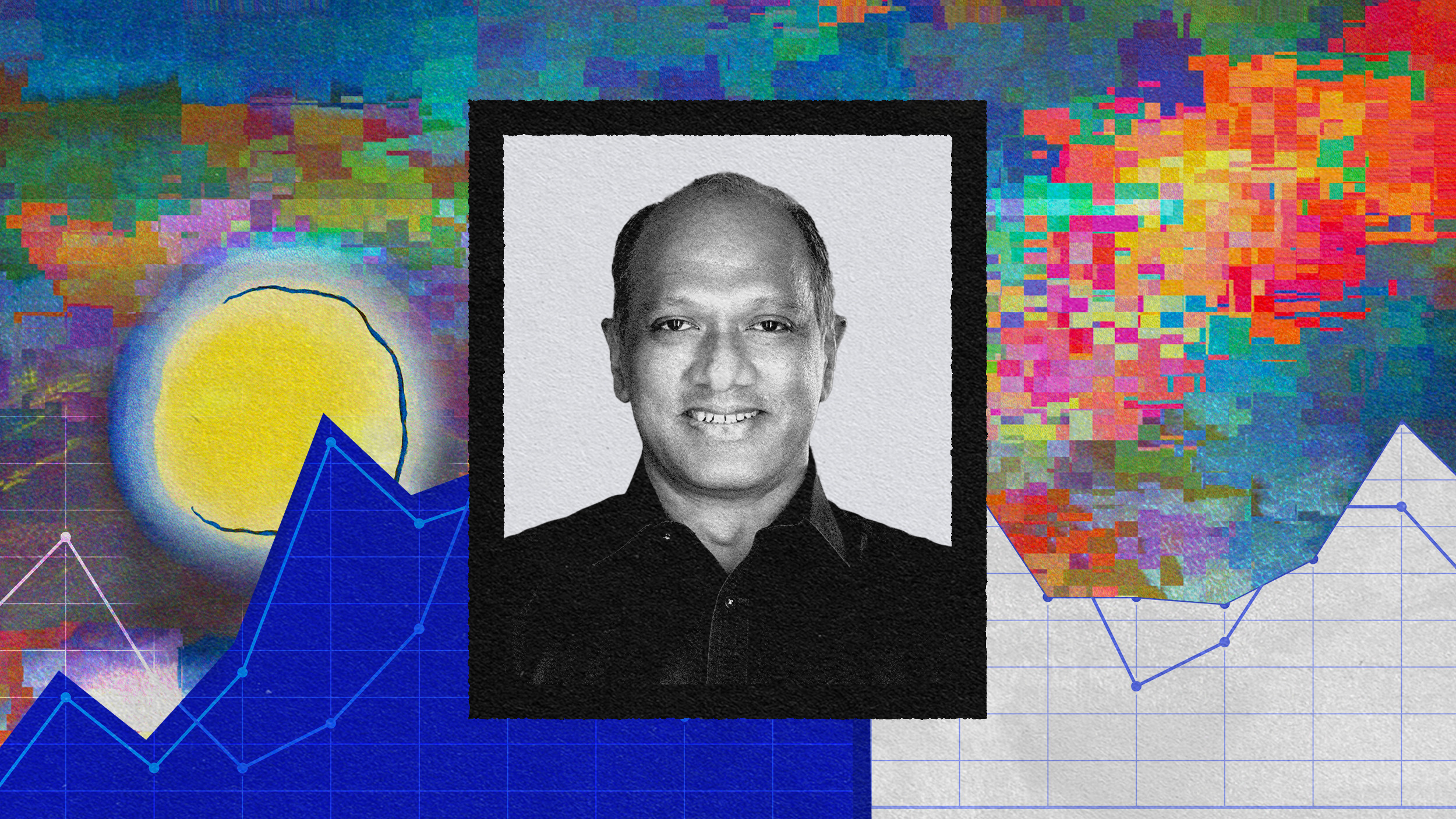10 best books for entrepreneurs and inventors

Fifty Inventions That Shaped the Modern Economy, by Tim Harford
- Explore the 50 inventions that made the modern world.
- There is rich advice in the literature of start-up development.
- Learn about the interconnectedness of innovation and business development.
Businesses rise and fall. A chance invention transforms an entire industry, sometimes the entire world. Through the many trials and tribulations of trailblazers and entrepreneurs, a few things have been learned over the years. Navigating the complex world of business, start-ups and technology can be intimidating for would-be shakers and makers. Luckily, the wisdom of those before have left us with timeless advice that has eventually become business canon.
Here are 10 of the best books for entrepreneurs and inventors.
The One Device: The Secret History of the iPhone
No other product in recent memory has been as acclaimed and well-renowned as the iPhone. A mixture of business acumen, stellar marketing and teams of genius engineers brought this to market under the tutelage of Steve Jobs. Brian Merchant’s The One Device is an all-encompassing expose on the iPhone’s creation.
Merchant digs into every corner of the literal world to piece together a full narrative, from the mining of minerals to working conditions in Chinese factories, nothing is left out. He also interviewed hundreds of people who worked on the phone’s development. This book also dispels the lone genius myth surrounding Steve Jobs. This was a project that was one of a kind, changed our society and continues to do so in many unexpected ways. This book is a great piece of contemporary tech history.
The Innovator’s Dilemma
Today, the idea of disruptive technology is almost household knowledge. Clayton Christensen first put forth the idea in a Harvard Business Review article titled ‘Disruptive technologies: Catching the wave’. This was followed up by the seminal work we know today as The Innovator’s Dilemma.
Christensen set out to understand why such powerful and iconic firms, such as Xerox, General Electric and many others eventually fell and lost their industry-leading status. His answer proved to be a little overlooked factor of innovation – disruptive technology and its unintended consequences for business staying power.
Fifty Inventions That Shaped the Modern Economy
This book is packed with an incredible amount of facts about the inventions that changed our world. Harford writes about inventions through a number of different angles, including the economics, politics, culture and historical background behind each device.
These different machines and inventions are part of a larger shared history of civilization and humanity. It’s also a great book to look at how we take for granted so many minute, but incredibly important things essential for the functioning of the modern world.
The Idea Factory
At the peak of Bell Labs between 1940 and 1970, there was some-thousand-plus PhD researchers working on an incomprehensible amount of research within the communications field and industry. Backed by the powerful AT&T in its prime, the Bell Labs went on to produce technological innovations in a number of industries. Some of these incredible technologies included transistors, fiber optics, UNIX, C and information theory.
The main idea of Bell Labs was to get all of these researchers together into one location with the idea of innovation endemic to the purposes of these labs. This book goes into great detail about the structure and history of this amazing time.
Built to Last: Successful Habits of Visionary Companies
James C. Collins and Jerry I. Porras set out to define what they call visionary companies. These are the companies at the top of their game and industries. One of their key points is that a visionary company is also a very successful organization and subsequently an institution. Leaders will come and go, but the system must survive. All products will eventually become obsolete and markets will even disappear.
The authors explain the daunting task and responsibility that come with creating and running an organization of this magnitude. Collin and Porras review a series of companies that have overcome this great challenge and become visionary in the process.
Losing my Virginity
Richard Branson is one of the most well known entrepreneurs of our time. This is a great book to hear his personal story written directly by him. Branson skipped out of college and jumped right into the wild business world.
Business endeavor after endeavor, you see just what made Branson the entrepreneur he is today. Branson’s autobiography is an inspirational business tale told in a relatable tone. Another fascinating part of this read is the functionality of the Virgin brand. Each business under the umbrella branding is its own subsidiary with its own realm of control and corporate governing. This book is both parts fun and informative.
The Founder’s Dilemma
It’s not necessarily that genius or business ideas are lacking, it’s that taking the first step in founding a business is not only hard, but takes an enormous amount of courage. Many people don’t even know where to start. Noam Wassermans’ The Founder’s Dilemma is a book that attempts to do the impossible and make a science around the trials early entrepreneurs face when creating a start-up.
Wasserman explores the common pitfalls that founders face and how to deal with them. He delves into equity funding, founders teams and much more. Utilizing data sourced from 10 years worth of quantitative studies, he weaves expert analysis and anecdote into concise advice to form nothing short of a business founder bible.
The E-Myth
This book has one central idea and that’s how to create a business that can run without you. The E-Myth (Entrepreneurial Myth) argues that businesses created by entrepreneurs often fall short of being profitable, true business entities because they’re started by employees who merely create their own jobs working for themselves and miss the business component entirely.
Gerber repeatedly hammers in the point through three made-up personalities titled the Entrepreneur, Manager, and Technician.
In order for your business to succeed, you need to utilize all of these roles seamlessly together before expanding and hiring. These roles entail being a visionary with a goal for the company; a planner and organizer; and a worker that can actually do the work the business provides.
Deep Work: Rules for Focused Success
Cal Newport has coined a term he calls deep work. That is the ability to focus on a demanding task without any distraction. He believes that this is a skill that will allow you to eventually master complicated information and get better results in whatever you’re doing. Part cultural polemic and self-help, Newport wants readers to unlock a forgotten ability in the flurry of distracted and meandering work.
The Lean Startup
The Lean Startup is one of the most highly cited and acclaimed books for new business ventures. It is a foundational business book that has changed the business startup landscape the past decade. Eric Ries wrote a compelling book that distills the core principles in being successful with a new product that gets customers and also makes them stay loyal. Ries focuses more on the software industry, but it’s not a stretch to see these same principles being applied throughout many industries.





